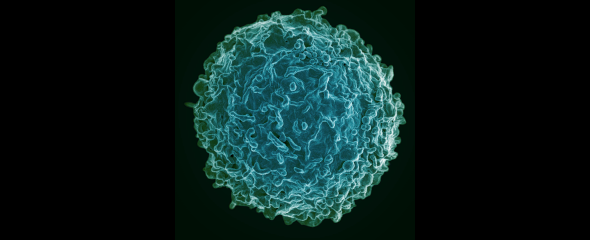Newsroom





HZI in the media
13.01.2026
|
Deutsche Welle
13.01.2026
|
juraforum.de
13.01.2026
|
Deutsche Welle
12.01.2026
|
MSN.com
12.01.2026
|
Biermann Medizin
12.01.2026
|
Deutsche Welle
09.01.2026
|
Bionity.COM
08.01.2026
|
ARCHYDE
07.01.2026
|
News Medical
07.01.2026
|
Trading View
02.01.2026
|
Biermann Medizin
30.12.2025
|
Tagesschau

